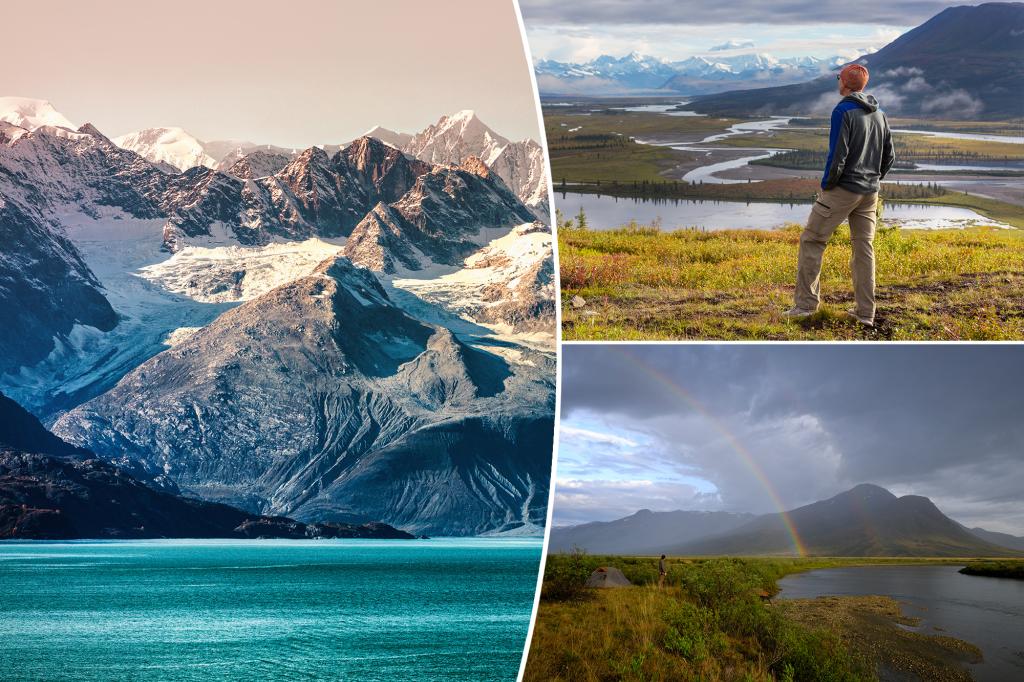Gates of the Arctic National Park: A Journey to the Untouched Wilderness
Alaska’s Gates of the Arctic National Park, an 8.4 million-acre expanse of pristine wilderness, stands as a testament to the untouched beauty of nature. Its remoteness and inaccessibility, far from deterring adventurers, beckon those seeking solace and connection with the wild. Unlike most national parks, Gates of the Arctic offers no marked trails or designated routes, allowing visitors to forge their own paths through a landscape shaped by time and the elements. This untouched quality, combined with the sheer logistical challenge of reaching the park, cultivates a sense of reverence and awe, making it a destination for the truly intrepid.
Reaching this remote sanctuary requires a multi-layered journey, a testament to the park’s isolated location. The adventure begins with a flight to Anchorage, Alaska, often already a considerable undertaking for most travelers. From Anchorage, the journey continues northward to Kotzebue, a coastal town perched just beyond the Arctic Circle. However, the true test of endurance lies in securing a flight from Kotzebue into the park itself, a service provided by local outfitters. This final leg, dependent on the unpredictable Arctic weather, can be fraught with delays, adding an element of suspense to the already complex expedition. Travelers must be prepared for the possibility of extended waits, acknowledging that the unpredictable forces of nature dictate the schedule in this remote corner of the world.
The financial commitment required to reach Gates of the Arctic underscores its exclusivity. A day trip, the shortest possible visit, can cost upwards of $1,750, reflecting the logistical challenges and limited availability of flights. This substantial investment filters out casual visitors, ensuring that those who make the journey are truly dedicated to experiencing the park’s unparalleled wilderness. The cost, while significant, becomes a measure of the value placed on solitude, adventure, and the opportunity to witness a landscape largely untouched by human hands.
Upon arrival, visitors are greeted by a profound silence, broken only by the gentle murmur of flowing water and the crunch of boots on the rocky terrain. This immersive experience allows for a deep connection with nature, fostering a sense of peace and tranquility rarely found in the modern world. The crystal-clear rivers, reflecting the vast Arctic sky, reveal the intricate details of the riverbed below, a testament to the pristine environment. This untouched beauty, coupled with the sense of accomplishment in reaching such a remote destination, can be emotionally overwhelming, a testament to the power of nature to evoke profound human responses.
The optimal time to visit Gates of the Arctic hinges on balancing accessibility with the desired experience. Late summer sees the highest influx of visitors, creating more competition for limited space on bush planes. However, fall, particularly mid-September, offers a compelling alternative. The vibrant hues of autumn foliage paint the landscape in a breathtaking display of color, while fewer visitors vying for flights provide a more tranquil experience. This period presents a unique opportunity to witness the park’s transition into winter, capturing the essence of the Arctic’s cyclical rhythms.
In contrast to the overcrowded conditions plaguing many popular national parks, Gates of the Arctic offers a refuge from the throngs. Parks like Yosemite and Glacier National Park, grappling with the impacts of overtourism, have implemented reservation systems to manage visitation. These measures, while necessary to protect the fragile ecosystems, create barriers for spontaneous travel and can detract from the visitor experience. Mount Rainier National Park, easily accessible by car, faces similar challenges, with long entrance lines and traffic congestion disrupting the surrounding communities. Gates of the Arctic, by virtue of its remoteness, remains immune to these pressures, offering a sanctuary for those seeking solitude and a connection with nature untainted by the crowds.


